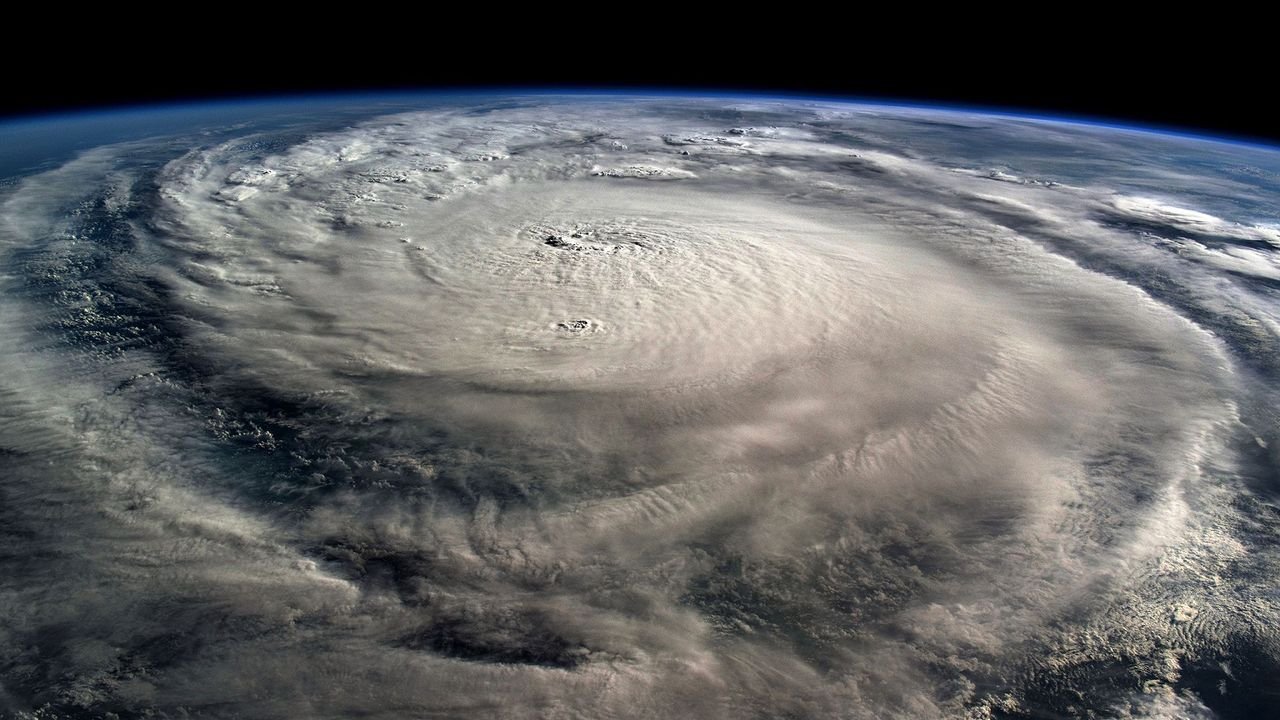Extreme Hurricanes in History: The Great Hurricane of 1780
Hurricanes are no longer rare natural events; they are increasingly breaking records for strength, speed, and destruction. The most extreme hurricanes in history reveal how storms have grown deadlier and more unpredictable.
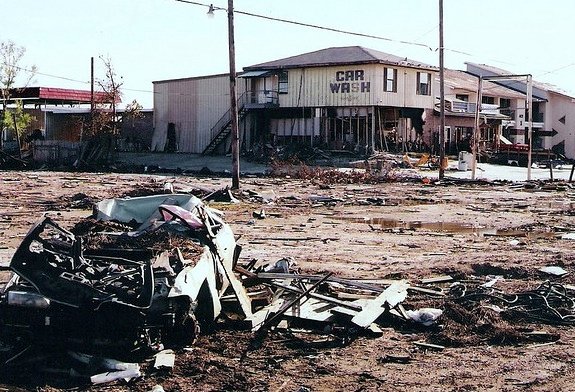
In 2005, Hurricane Katrina devastated south-east Louisiana, killing 1,833 people and overwhelming New Orleans with floodwaters. The city was left without food, power, or shelter, as nearly 80% of it lay submerged. Even two decades later, Katrina remains a symbol of catastrophic hurricane damage.
But Katrina is only one chapter in a long and devastating record. From the Great Hurricane of 1780 to Hurricane Erin in 2025, storms have reshaped nations, economies, and lives.
Extreme Hurricanes in the US: The Galveston Disaster
On 9 October 1780, the Caribbean island of Barbados awoke to a nightmare. A massive storm, later called the Great Hurricane of 1780, swept across the region. With winds believed to exceed 200 mph (322 km/h), it remains the deadliest Atlantic hurricane on record.
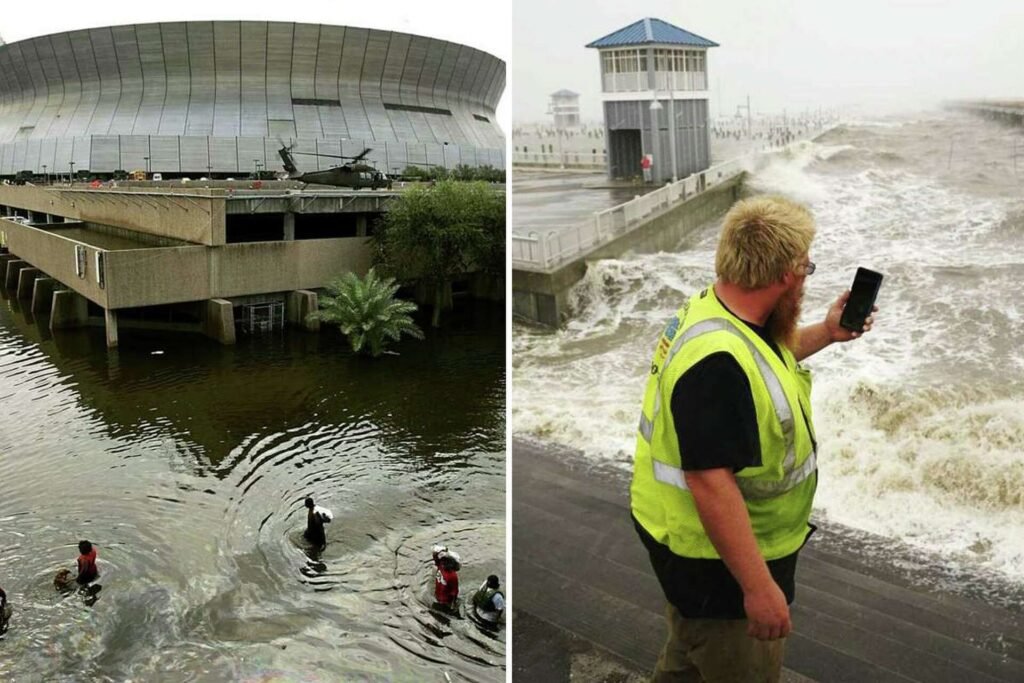
The hurricane killed an estimated 20,000 to 27,500 people as it tore through Barbados, Martinique, Saint Lucia, and Sint Eustatius. Waves as high as 25 ft (7 m) erased villages, while fleets of naval ships were swallowed by the sea. Survivors described a landscape reduced to mud, wreckage, and silence.
Historic Hurricanes That Shaped Modern Preparedness
The United States experienced its deadliest hurricane on 6 September 1900, when a Category 4 storm slammed into Galveston, Texas. Between 6,000 and 8,000 people lost their lives as the hurricane leveled homes and left the city in ruins.

The destruction prompted one of the largest recovery efforts of its time and led to the construction of Galveston’s seawall, a defensive measure still standing today.
Cyclone Bhola of 1970: The Deadliest Tropical Cyclone
Outside the Atlantic, storms are known as cyclones or typhoons. The deadliest of them all was Cyclone Bhola, which struck present-day Bangladesh and northeast India in November 1970.
The storm brought a surge nearly 35 ft (10.5 m) high, wiping out entire coastal regions. As many as 500,000 people perished, making it one of the greatest humanitarian disasters in modern history.
The Costliest Hurricanes: Katrina and Harvey
When measuring destruction in financial terms, Hurricane Katrina remains the most expensive hurricane in US history. With winds of 140 mph (225 km/h) and a storm surge as high as 28 ft (8.5 m), it left New Orleans devastated.
Katrina destroyed or damaged up to 300,000 homes, caused 59 tornadoes across eight states, and submerged neighborhoods under 20 ft (6 m) of water. Its total cost reached $201.3 billion (adjusted to 2024 dollars).
The second costliest hurricane was Hurricane Harvey in 2017, which drenched Houston and parts of Louisiana with record rainfall, causing $160 billion in losses.
Central America’s Monster Storm: Hurricane Mitch
In October 1998, Hurricane Mitch struck Central America with unprecedented force. Initially a Category 5 storm, Mitch weakened before landfall in Honduras but stalled over the region, dumping relentless rain.
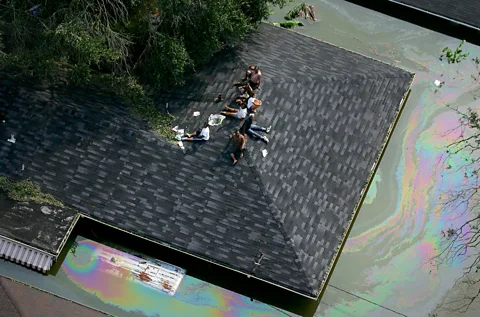
Flooding and landslides killed between 10,000 and 19,000 people across Honduras, Nicaragua, Guatemala, Belize, and El Salvador. More than 200,000 homes were destroyed, and half a million people were left homeless. In Honduras alone, 70,000 homes and 92 bridges were swept away.
Record-Breaking Winds: Hurricane Patricia
Not all extreme hurricanes in history caused massive casualties, but some stunned the world with their strength. In 2015, Hurricane Patricia set a Western Hemisphere record with sustained winds of 221 mph (356 km/h).
Patricia grew from a tropical storm to a Category 5 hurricane in just 24 hours. Fortunately, it struck a sparsely populated part of Mexico, where mountains quickly weakened it. Only a handful of lives were lost, but the storm demonstrated how quickly hurricanes can evolve into record-shattering events.
Rapid Intensification: Erin and Other Modern Storms
In 2025, Hurricane Erin shocked forecasters when it intensified from Category 1 to Category 5 in just over a day. Erin became one of the fastest-intensifying hurricanes recorded so early in the season, before September – the traditional peak of hurricane activity.
Rapid intensification, defined as a storm’s winds strengthening by at least 35 mph in 24 hours, has become more common. This trend leaves less time for evacuation and preparation.
Erin follows recent examples:
- In 2024, Hurricane Milton became the fastest Atlantic storm to grow from depression to Category 5.
- That same year, Hurricane Beryl became the earliest June hurricane to rapidly intensify to such strength.
- In 2023, Hurricane Lee and Hurricane Jova stunned meteorologists by intensifying rapidly despite an El Niño, which usually suppresses storm formation.
Past hurricanes like Wilma (2005) and Felix (2007) also intensified at record speeds. But studies show intensification rates are now climbing faster due to warming oceans.
Climate Change and the Future of Extreme Hurricanes
The warming of ocean waters fuels more powerful and faster-growing hurricanes. Hurricane Erin, for example, passed over seas that were on average 1.1°C warmer than historical levels.
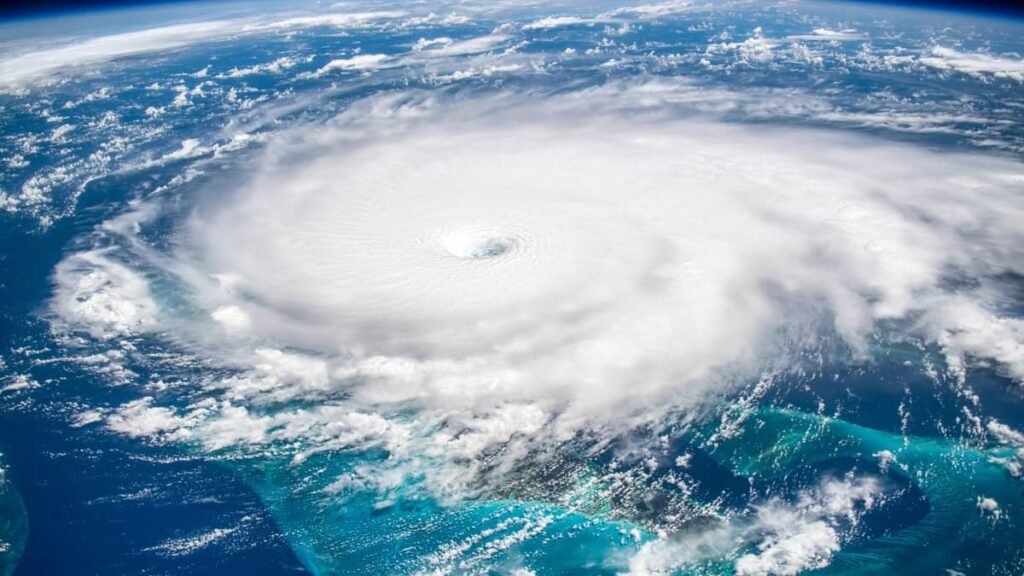
This means extreme hurricanes in history may be surpassed by storms yet to come. Communities now face shorter warning times, greater flood risks, and rising financial losses. Unless adaptation and climate resilience efforts expand, future storms may cause devastation on a scale greater than Katrina, Mitch, or Bhola.
